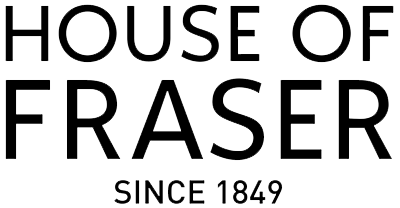eTail Connect, of which there are two a year, is a hybrid event, combining presentations from retailers and tech companies, and formal meetings between both, fixed in advance, so removing the lottery element of trade exhibitions. This is where both parties get to spend some time together and understand each other’s challenges. And the challenges are significant for both parties, so it makes sense to share rather than pretend they are not real, aside from Brexit and other distractions from business as usual.
The hard truth is that there has been so much powerful technology available capable of solving almost every problem retailers are facing but, at the same time, so little disposable cash to pay for it. While we read all the comforting figures about how IT spend continues to rise, the truth is, most retailers can probably only afford 20-30% of everything they need, given that up to 70% is already committed at any one time.
Validation, relationships, a longer but more structured sales cycle and extensive proofs of concept are the new normal in tech sales.
Here are the five things I learned at eTail Connect, aimed at retailers
- The UK was once a proud trading nation, but after October 31 it will have turned its back on all that. For those who believe that this is a good thing, let me tell you about all the retailers that have either delayed or cancelled their overseas plans because of it – less investment, lower sales, less employment and lower tax revenues. Well done Brexiteers!
- Retailers can benefit from spending more time with tech vendors because the latter has one major unique – breadth; they work across multiple retail businesses and therefore have insight that no one retailer has
- Talk to people who disagree with you; that’s how you learn. Cosying up to people who agree with you is no way to confront the slings and arrows coming your way after Brexit
- Find projects that enable all the stakeholders to work together. Retailers generally operate in silos, often with different objectives, cultures and KPIs, so getting them together for an entire project that involves open heart surgery on the business is almost certainly not achievable. So, pick things that are easy to get done and do not involve stakeholders in too much work
- Decide whether you really need to develop solutions in house. Retail feels like it is polarising between companies that describe themselves as retailers or as tech companies. This has led to some wanting to develop more and more solutions in-house, claiming that what they want is not available in the open market. Some never get around to it, whilst others manage it but then find that the plumbing is not up to integrating it. This is a trend that will work itself out, but right now, it does not appear that in-house development is having much success
- Think about whether your customers have an emotional connection with your brand. If all they think about is price, then you had better hope you have volume distribution and distinct USPs over your competitors, like Primark. But if you are fashion brand, you will want to try and understand why Apple’s customers are so fiercely loyal to a product that is basically just a piece of hand-held tech


















